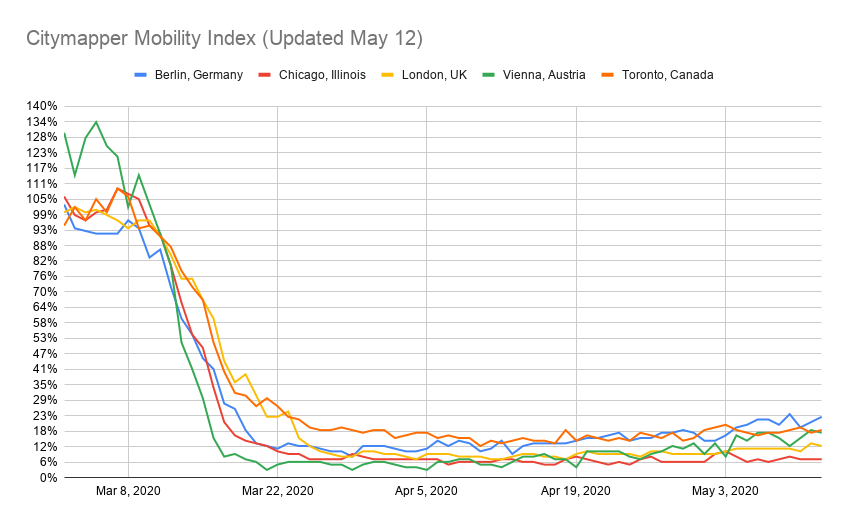Loved by some, despised by others, Comic Sans is unquestionably not just an iconic symbol of nostalgia for the turn of the millennium, but also a font which polarizes people in a way few others are able to.
But what is the true impact of Comic Sans?
The exact cost in Euros or Dollars of Comic Sans cannot be calculated. Whether customers or contracts are lost due to the use of Comic Sans in official communication cannot be said for certain. However, various studies have been conducted pertaining to the legibility and perception of the font, which help to give us an approximation of just where the problem lies with the world’s arguably most infamous typeface.
In a study published by the magazine “Usability News”, for instance, less than 28% of people surveyed said they would consider Comic Sans a font that should be used in an email. Though the font is not at the very bottom of the list (that title goes to “Impact”, at 8.93%), it is still 1.3 standard deviations away from the typeface which was considered most appropriate for emails, Calibri, which 43.4% of respondents found appropriate for an email. It also places Comic Sans into the lower half of the tested fonts, and just six percent ahead of a cursive font (Monotype Corsiva).
The reason for the differing perception of emails depending on their font lies in the fact that fonts are associated with certain personality traits of the author. In another study, the authors had found that Comic Sans most commonly was classified as a “happy / creative” font, in company of fonts such as the very curly Gigi font and cursive typefaces. It was also the font third most commonly associated with the words “happy”, “cuddly”, “passive” and “youthful”, as well as the second most commonly associated with “casual”. In contrast, “Mature” was associated with traditional serif fonts such as Times New Roman (TNR), Courier New and Cambria. TNR, Cambria and Calibri were also the fonts most commonly associated with websites, while 77% of respondents said they would use Comic Sans on children’s documents – topped only by “Kristen” at 78%. Business documents were associated with TNR and Cambria at 78 and 76%, respectively.
Comic Sans not only has an impact in terms of it being perceived as unprofessional, immature and childish. When asked to rank eight fonts according to their perceived legibility on a scale from zero to six, Comic Sans scored lowest, ranked at just over four of six marks. Courier and Arial ranked highest, approaching almost five full points on average.
Though these results show that Comic Sans has a negative impact on the perception which the reader gets of a text’s author, as well as proving that it is strenuous and inefficient to read, what best describes the societal status of Microsoft’s infamous font is anecdotal evidence. Cases such as CERN’s announcement of the discovery of the Higgs boson in 2012, which was done through a presentation written in Comic Sans. Or the time when a Dutch memorial for victims of World War Two was revealed using Comic Sans, only to be re-written – again using the same font.
The truth is: no matter what your personal opinion of Comic Sans is, whether you think it well-designed or hideously ugly, public perception has turned against the font since its inception in 1994. We will likely never know the full economic damage and partisan butthurtness that Comic Sans has caused globally but looking at the studies and examples of its use, it seems safe to say that it may in fact be substantial.
Bernard, Michael, et al. “A Comparison of Popular Online Fonts: Which Size and Type Is Best?” Usability News, vol. 4, no. 1, Jan. 2002.
Kingsley, Patrick. “Higgs Boson and Comic Sans: the Perfect Fusion.” The Guardian, Guardian News and Media, 4 July 2012, www.theguardian.com/artanddesign/2012/jul/04/higgs-boson-comic-sans-twitter.
“Omstreden Gedenksteen Geffen in Comic Sans-Letters Uitgevoerd.” Binnenlands Bestuur, www.binnenlandsbestuur.nl/bestuur-en-organisatie/nieuws/doden-herdenken-met-comic-sans-letters.8504376.lynkx.
Shaikh, A. Dawn, et al. “The Effect of Typeface on the Perception of Email.” Usability News, vol. 9, no. 1, Jan. 2007.
Shaikh, A. Dawn, et al. “Perception of Fonts: Perceived Personality Traits and Uses.” Usability News, vol. 8, no. 1, Feb. 2008.
A. Dawn, et al. “Perception of Fonts: Perceived Personality Traits and Uses.” Usability News, vol. 8, no. 1, Feb. 2008.



It is, surprisingly, very common to commemorate the dead in the Netherlands in Comic Sans. The Dutch don’t care enough to be bothered about what the intended purpose of the font is, which they use to remember the dead. To foreigners, this may seem very odd, however.
That’s rather interesting, thank you for sharing this insight!